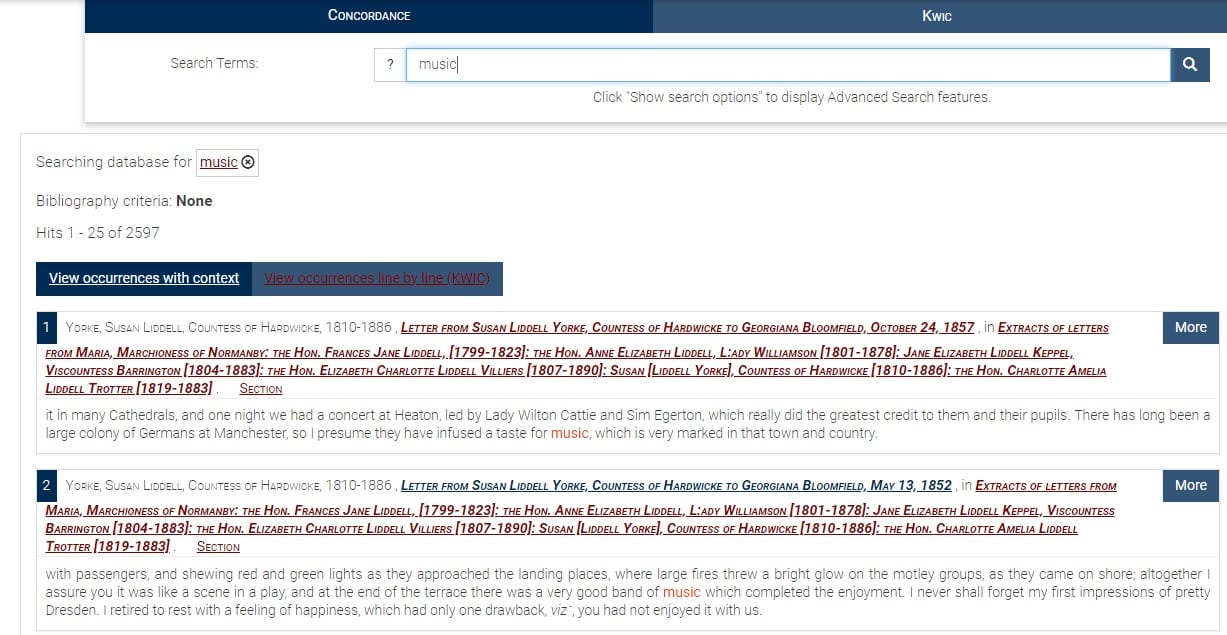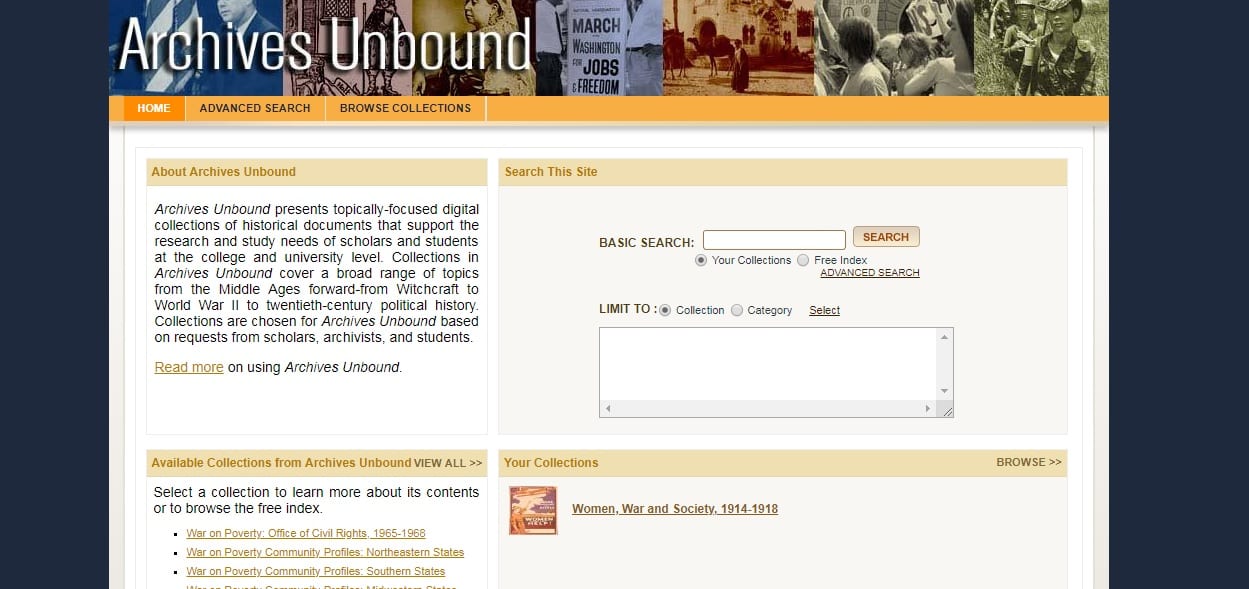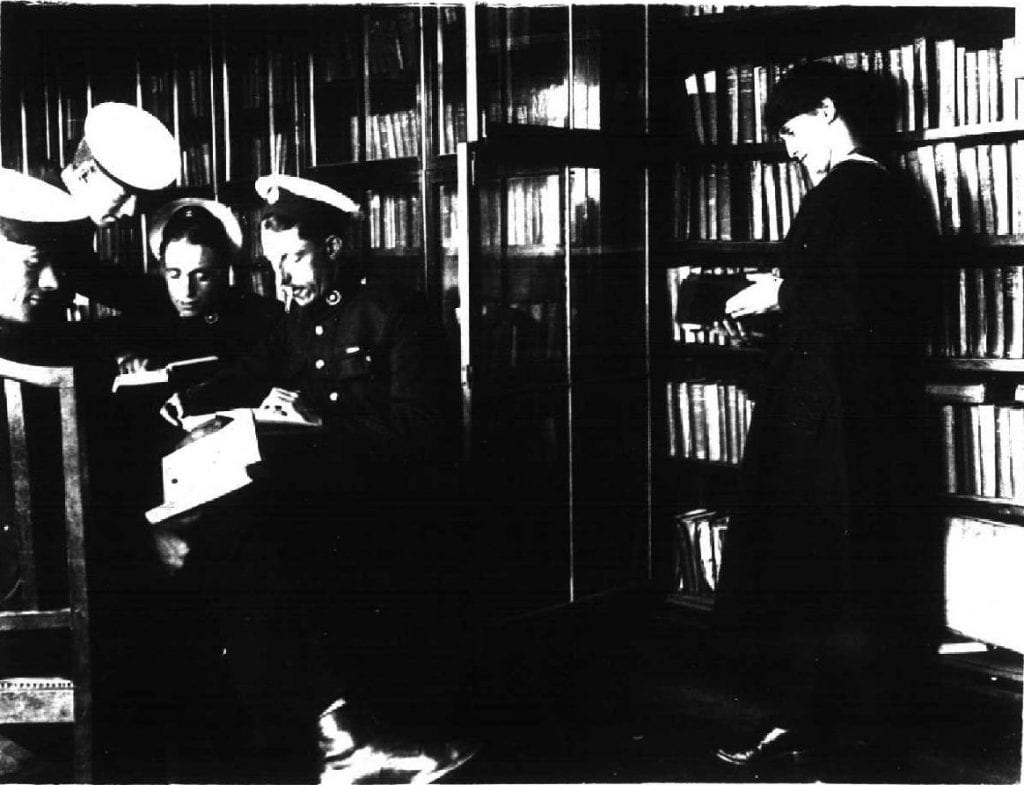March is Women’s History Month and the library will be celebrating with a series of posts on using our resources to study women’s history. We would love to hear your comments and questions about the posts: please tweet us @GCWLibrary, email us at library@lincoln.ac.uk, or tell us your thoughts in the comments section at the end of the post.
Introduction
In the first post in this series, I introduced various kinds of e-book databases and how to search them. Books provide both primary and secondary sources for women’s history (think of the autobiography of writer, such as Zora Neale Hurston’s Dust Tracks on a Road or a study of Hurston’s life and writing, Wrapped in Rainbows by Valerie Boyd) but for additional primary research, you may want to consider looking at a database relevant to the time period, geographic region, or themes of women’s history which you are interested in studying. This post will spotlight two of the library’s databases which focus specifically on women’s history: British and Irish Women’s Letters and Diaries; and Women War and Society 1914-1918.
British and Irish Women’s Letters and Diaries
This database contains letters and diaries written by over 500 women between the sixteenth and the twentieth centuries: 1500-1950!
Whether you are looking for a document to spark devising in your performance class, collecting texts for a multimedia artwork, or writing an essay for a history or English assignment, this is a database that is well-worth looking at because of its’ sheer breadth of material. In addition to letters and diaries, the database also contains biographies of the women who wrote them and an annotated bibliography (a collection of secondary sources about the writers and their times which includes comments about summarises these sources or evaluating their usefulness for particular kinds of study). A ‘featured search’ section at the bottom of the homepage gives you a sense of the different kinds of searches and material that await you. If you are exploring the database for the first time, or with a general research question in mind, I highly recommend the ‘browse’ feature of this database. You can use this to look over the sources in the database by:
- author
- source
- year
- place
- historical event
- personal event (absence of parent, childbirth emigration, starting job, and more!)
A showcase spotlights a few documents that the editors deem to be of ‘lay interest’.
The database is organised to work by keyword searching, as you can see by a sample search for ‘music’:

You aren’t limited just to keyword searching, though! You can also search the diaries and letters sections separately, depending on which type of source you would like to focus on. Or you can do an advanced search to focus on your search very specifically (be sure to click on ‘show search options’ to see the full range of categories you can search in). As always, if you are having any trouble searching this (or any other) database, please do come and speak to your subject librarian. You can see them for a drop-in Monday to Friday, or speak to them by appointment at a time convenient for you.
Women, War and Society 1914-1918
The First World War changed the lives of millions of people. For women in Europe, it altered (as the introduction to this database says) ‘their social, personal, and political lives’. From 1917 to 1920, the Women’s Work Subcommittee, a branch of the newly founded Imperial War Museum, collected evidence of what women did during the war. They organised the information they collected by region and country and by type of employment, amassing a collection that in this database extends to over 29,000 documents.

As with a lot of databases, it helps to a keyword (or set of keywords) in mind as you start searching. For instance, if you are interested in the experience of women who took over jobs which had been traditionally held by men, you may want to start with individual searches for occupations such as bus driver, mechanic, and so on. To browse this database, you need to do either a simple or an advanced search: unlike with British and Irish Women’s Letters, there are no categories pre-selected by the database editors for you to investigate. This means that your own search terms will drive what you find or browse. For instance, I typed in ‘photograph’ to get a sense of the range of this kind of material available in the database, and was rewarded with this wonderful picture of members of the Women’s Royal Naval Service relaxing in a library:

It may be helpful to have more than one search term as you browse or look for specific information–as always, don’t forget that your academic subject librarian can help if you are struggling with this.
Other Databases
It’s important to note that sources for women’s history can be found outside of databases focused specifically on women’s history. Other library databases you may want to look at include:
- Newspapers (to see the range of newspaper databases we have as subscriptions, go to the databases page and select ‘newspapers’ in the list of database types)
- Mass Observation Online
- The John Johnson Collection
- Empire Online
- Medieval Sources Online
- Oxford Dictionary of National Biography
- European Views of the Americas
- Loeb Classical Library
- UK Parliamentary Papers
- Vogue Archives
- Translated Texts for Historians
In general, any good database that collects primary sources about the past will contain material that allows a researcher to find out something about the lives and experiences of women. Depending on the period and theme you are looking at, levels of access to material made, produced, or written by women will vary. Researchers often find there are many more sources for women’s history than they thought, so do include databases that are new to you in your explorations.